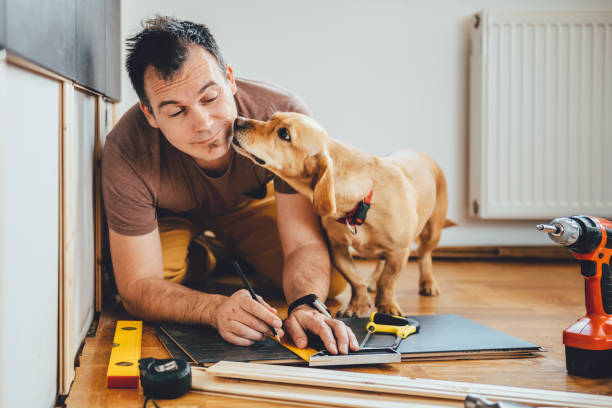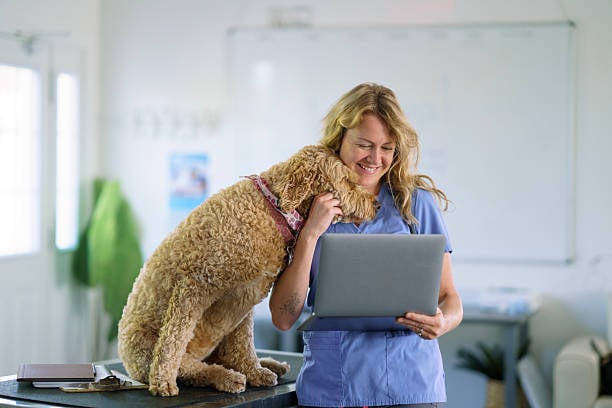For pet-care businesses, maintaining a clean, safe, and welcoming facility is crucial. Not only does it ensure the health and safety of the pets in your care, but it also influences the impressions and decisions of pet owners. A well-maintained facility can enhance client trust and satisfaction, leading to repeat visits and referrals. This blog post provides essential tips for keeping your pet-care facility in top condition, ensuring that it remains a pet-friendly environment that both animals and their owners will appreciate.
Importance of Regular Maintenance

Regular maintenance goes beyond daily cleaning tasks. It involves periodic checks and updates to ensure that all aspects of your facility are functioning correctly and safely. This proactive approach helps prevent accidents, enhances the longevity of your equipment, and provides a consistently pleasant environment for both staff and clients.
Key Areas of Focus for Facility Maintenance
1. Cleaning Protocols
Maintaining a rigorous cleaning schedule is vital, particularly in areas where pets are housed or treated. Use pet-safe disinfectants to prevent the spread of diseases. Areas that require special attention include:
- Kennels and cages: Clean and disinfect daily or between uses.
- Play areas: Regularly clean surfaces and remove debris or waste.
- Grooming stations: Sanitize grooming equipment after each use to prevent cross-contamination.
2. Flooring Maintenance
Choose durable, non-slip, and easy-to-clean flooring materials to enhance safety and hygiene. Regularly inspect floors for signs of wear or damage, such as cracks or loose tiles, which could pose hazards.
3. Air Quality Control
Good ventilation is crucial for maintaining air quality, especially in enclosed spaces where odors and airborne contaminants can accumulate. Regularly check and clean ventilation systems, and consider using air purifiers to reduce allergens and bacteria.
4. Equipment and Furniture Upkeep
Regularly inspect and maintain all equipment, from grooming tools to office computers, to ensure everything is in working order. Check furniture for signs of wear or damage, and replace items that can no longer be effectively repaired or cleaned.
5. Pest Control
Implement an effective pest control plan to prevent infestations of fleas, ticks, or rodents. Regularly treat outdoor areas, and consult pest control professionals for preventative treatments suitable for environments frequented by pets.
6. Safety Inspections
Regular safety inspections can help identify potential hazards before they cause problems. Check that all enclosures are secure and that there are no accessible areas where pets could escape or become trapped. Ensure that all safety equipment, such as fire extinguishers and first aid kits, is easily accessible and in good condition.
Creating a Maintenance Schedule

1. Daily Tasks:
- Sweep and mop floors.
- Clean and disinfect animal areas.
- Check for and remove any hazards that could harm pets.
2. Weekly Tasks:
- Deep clean all facilities, including washing bedding and other fabrics.
- Inspect and clean air filters and ventilation systems.
3. Weekly or Monthly Tasks:
- Conduct a thorough inspection of the entire facility for maintenance issues.
- Test and maintain all electrical and mechanical systems.
4. Seasonal Tasks:
- Address seasonal needs such as air conditioning checks before summer or heating systems before winter.
- Treat outdoor areas for pests more frequently in warmer months.
A well-maintained pet-care facility not only ensures the safety and health of the pets and people who use it but also reflects the quality of the services provided. Regular maintenance is an ongoing commitment that pays dividends in customer satisfaction and business success. By establishing and adhering to a thorough maintenance schedule, you can ensure that your pet-care facility remains a clean, safe, and welcoming place for everyone.
Grow your pet-care business with Gingr. Schedule a demo now!
Subscribe to the Gingr Blog






